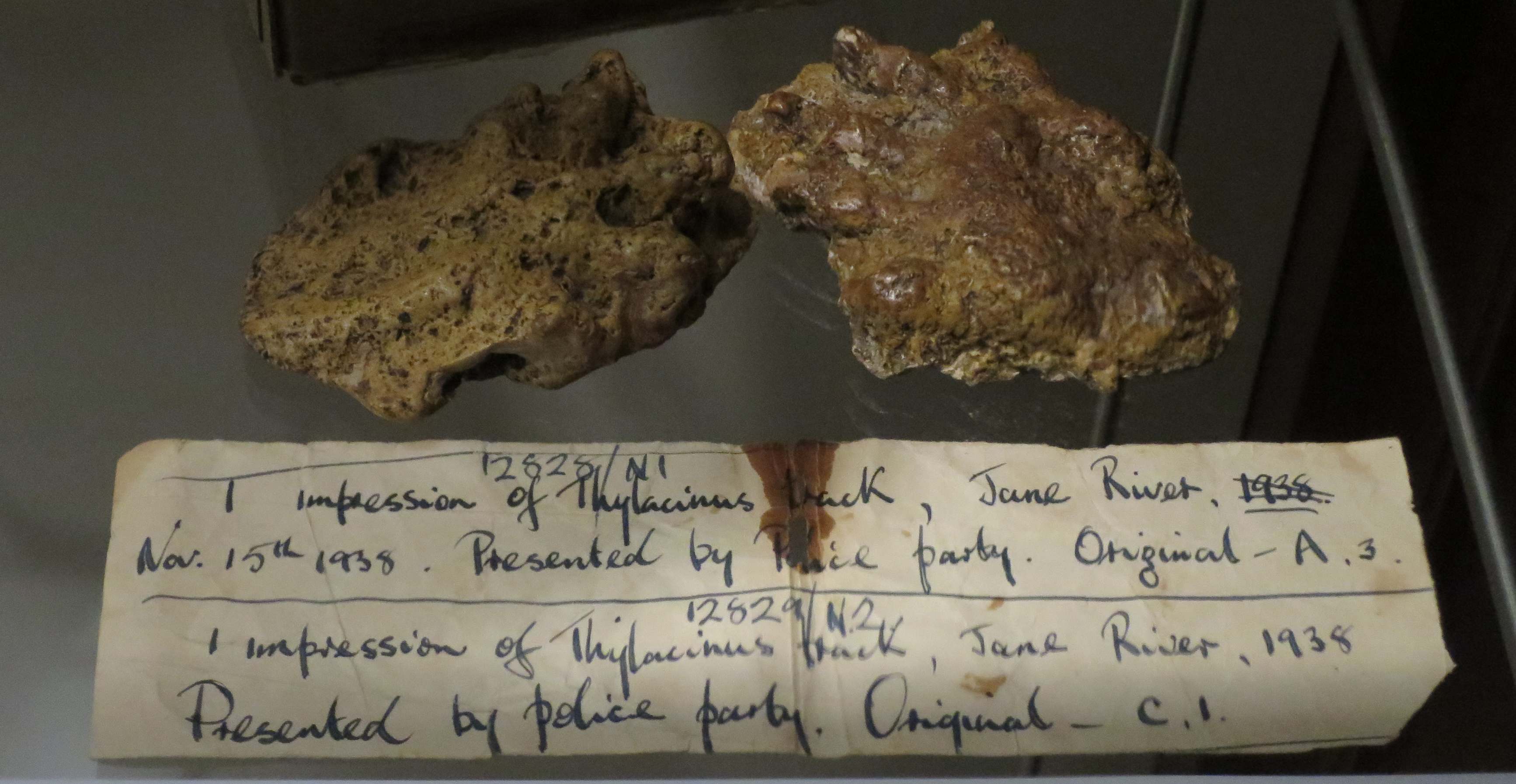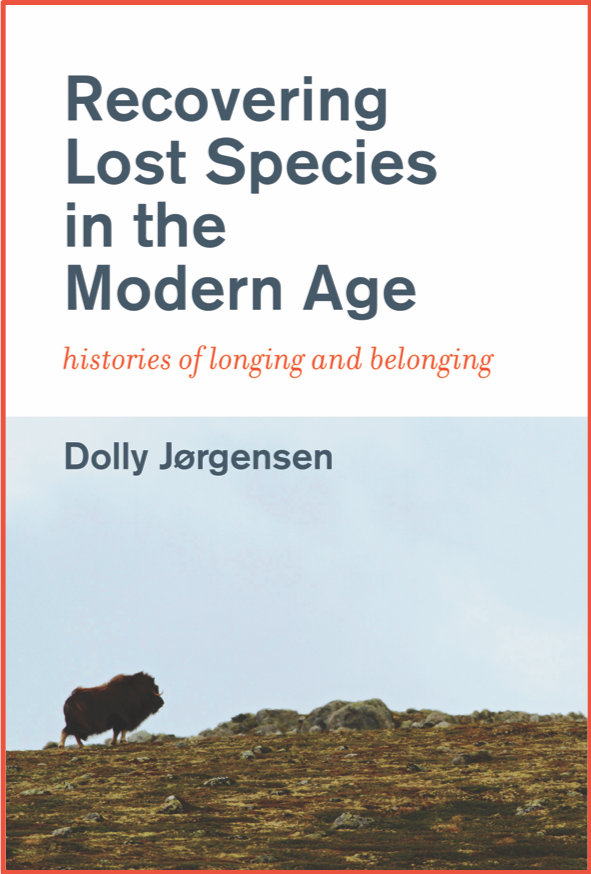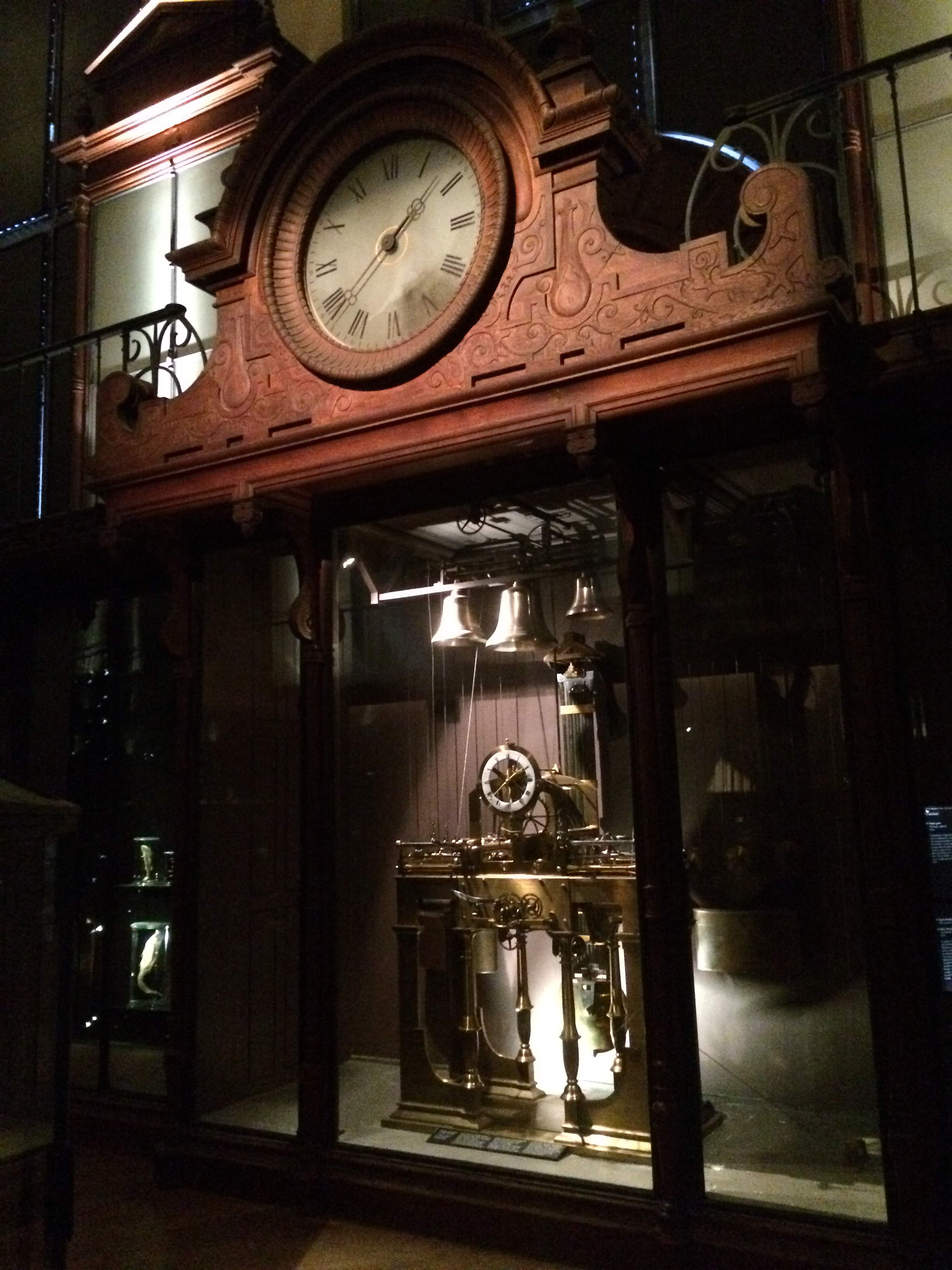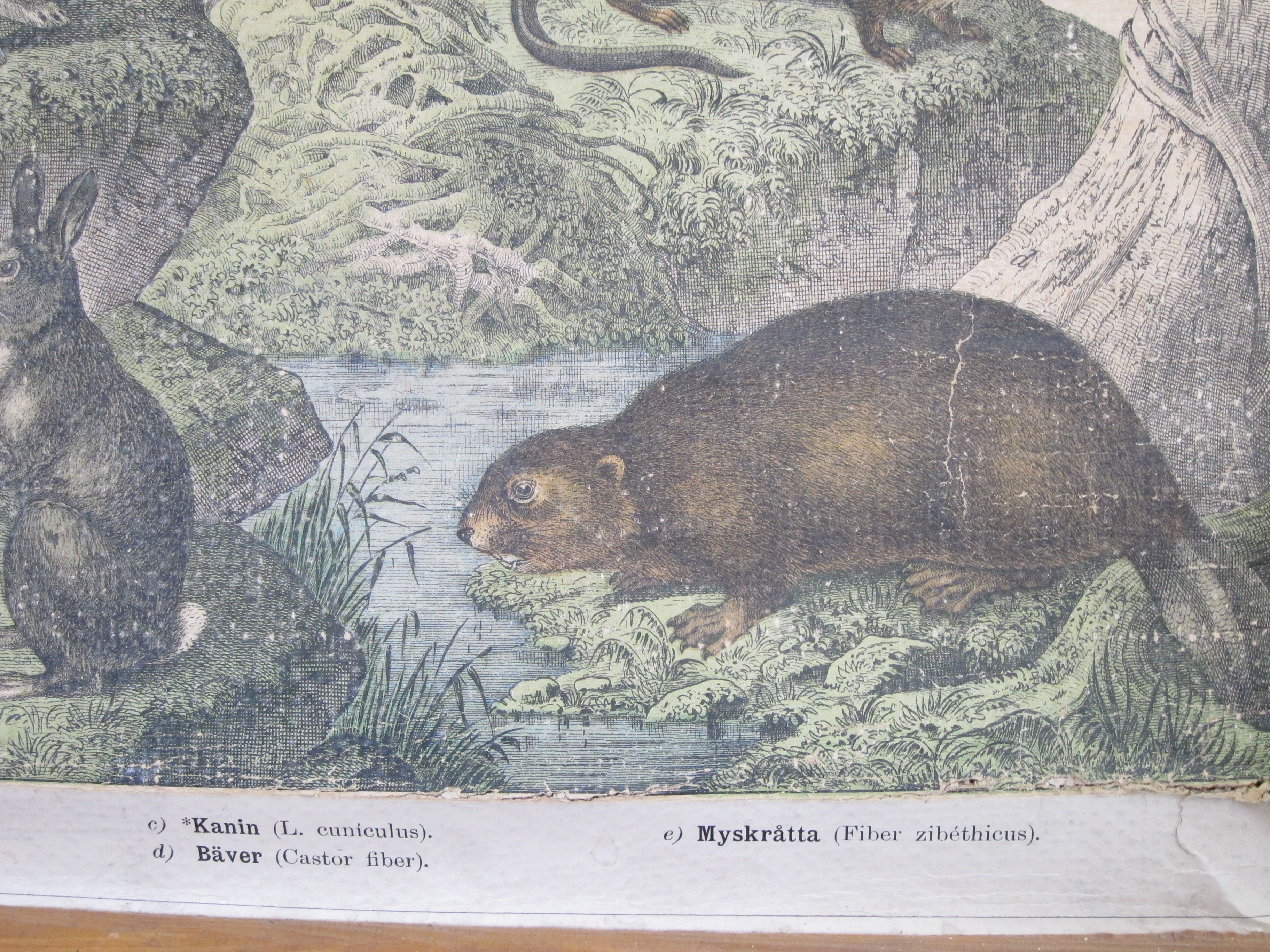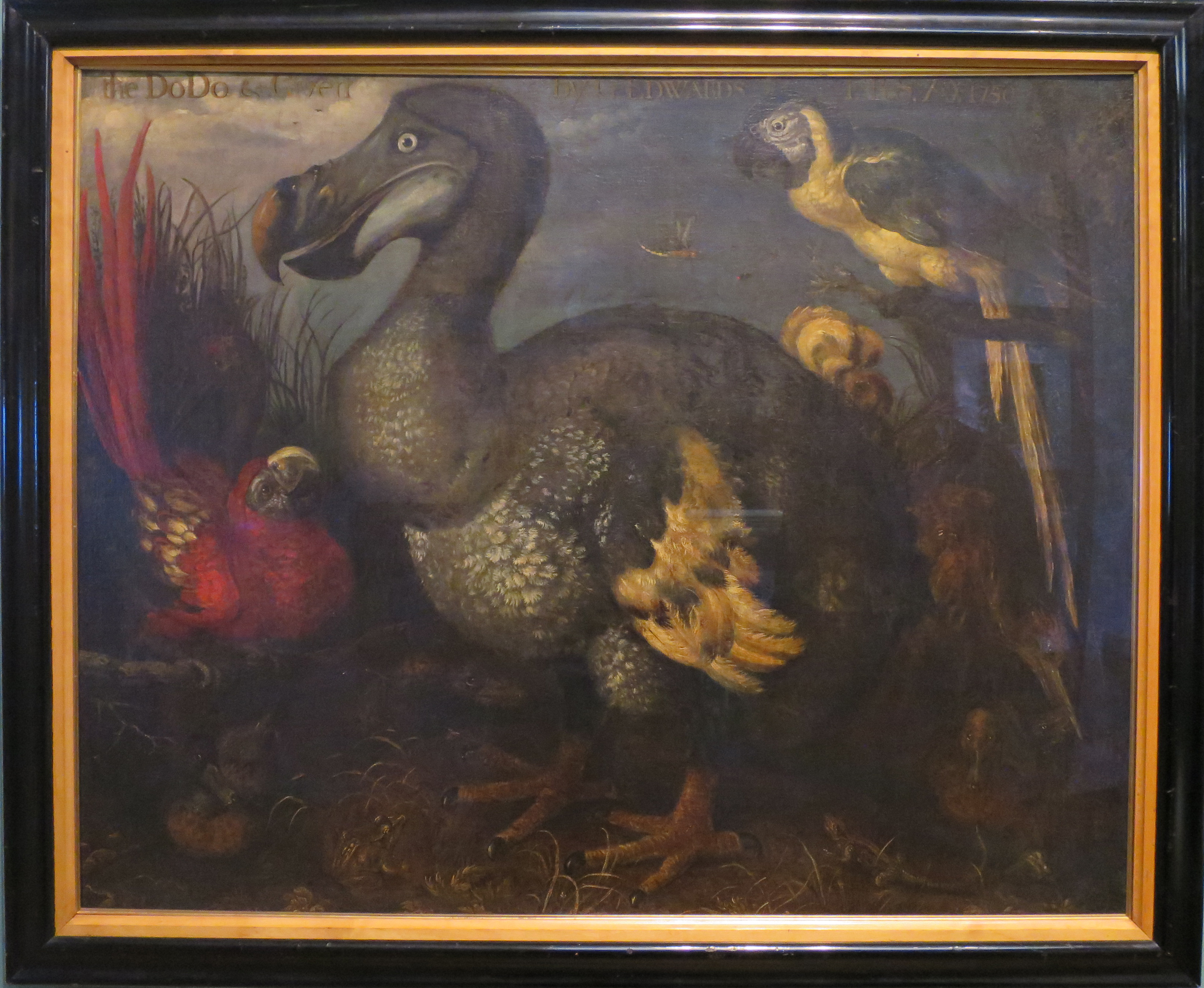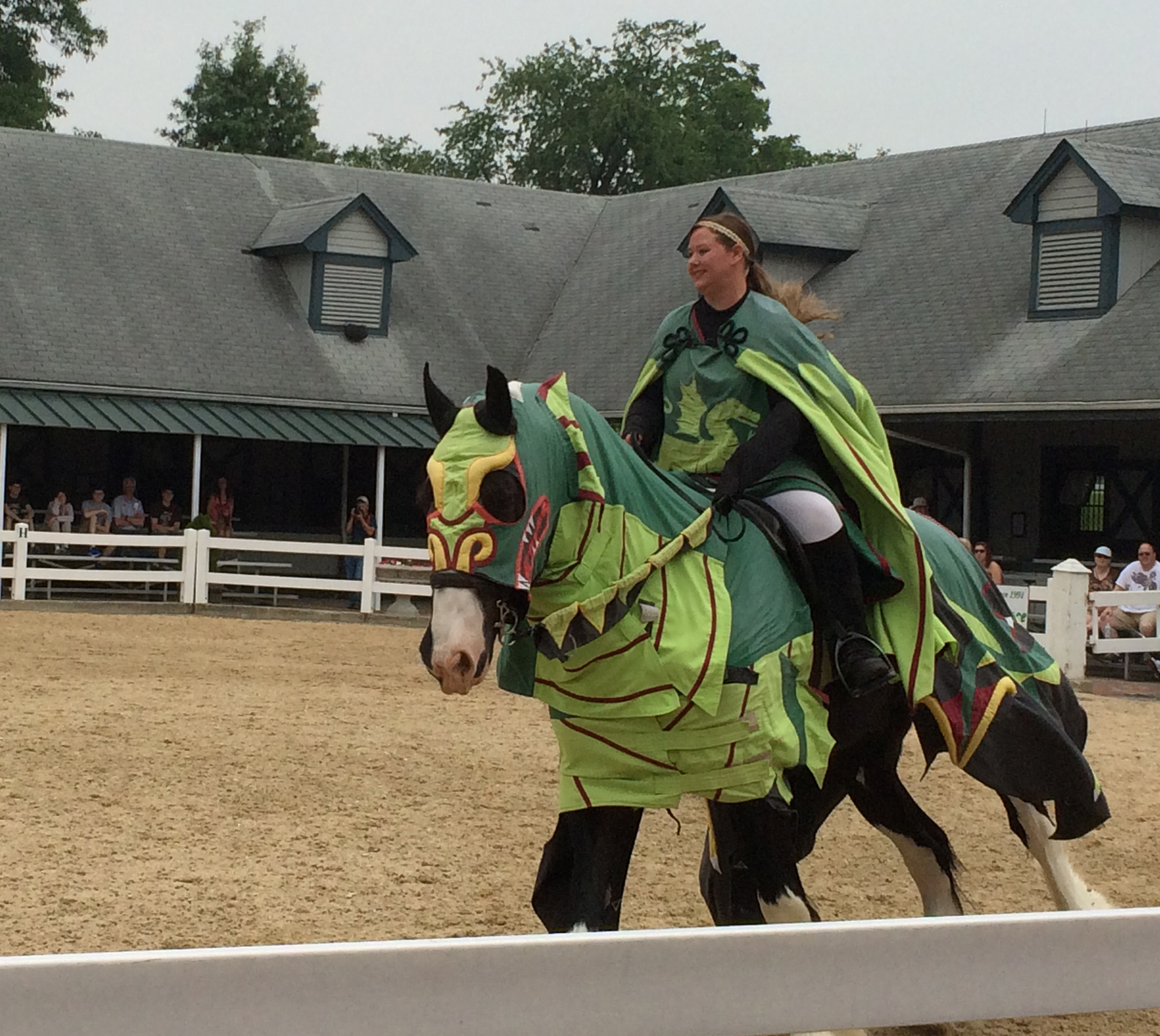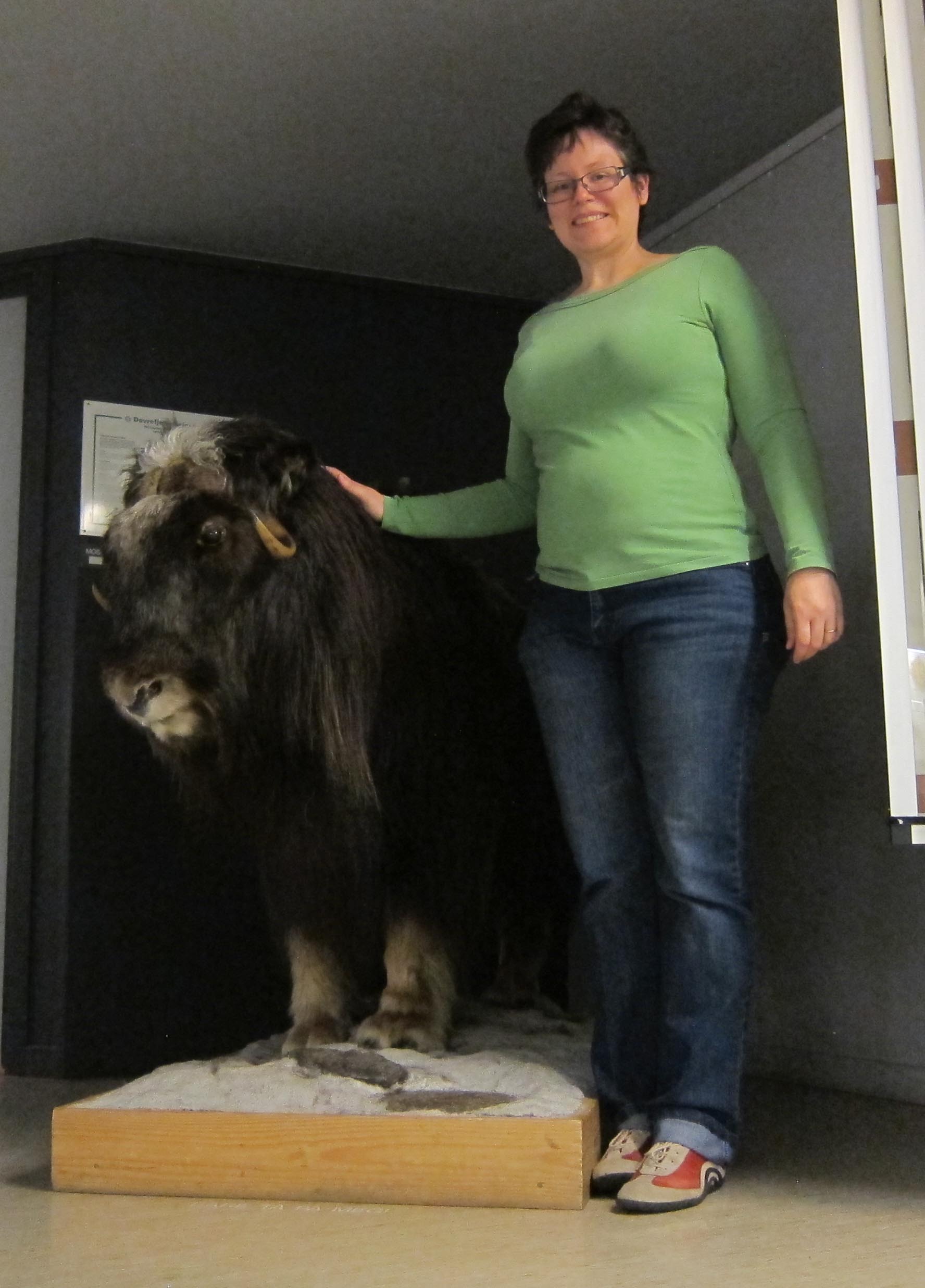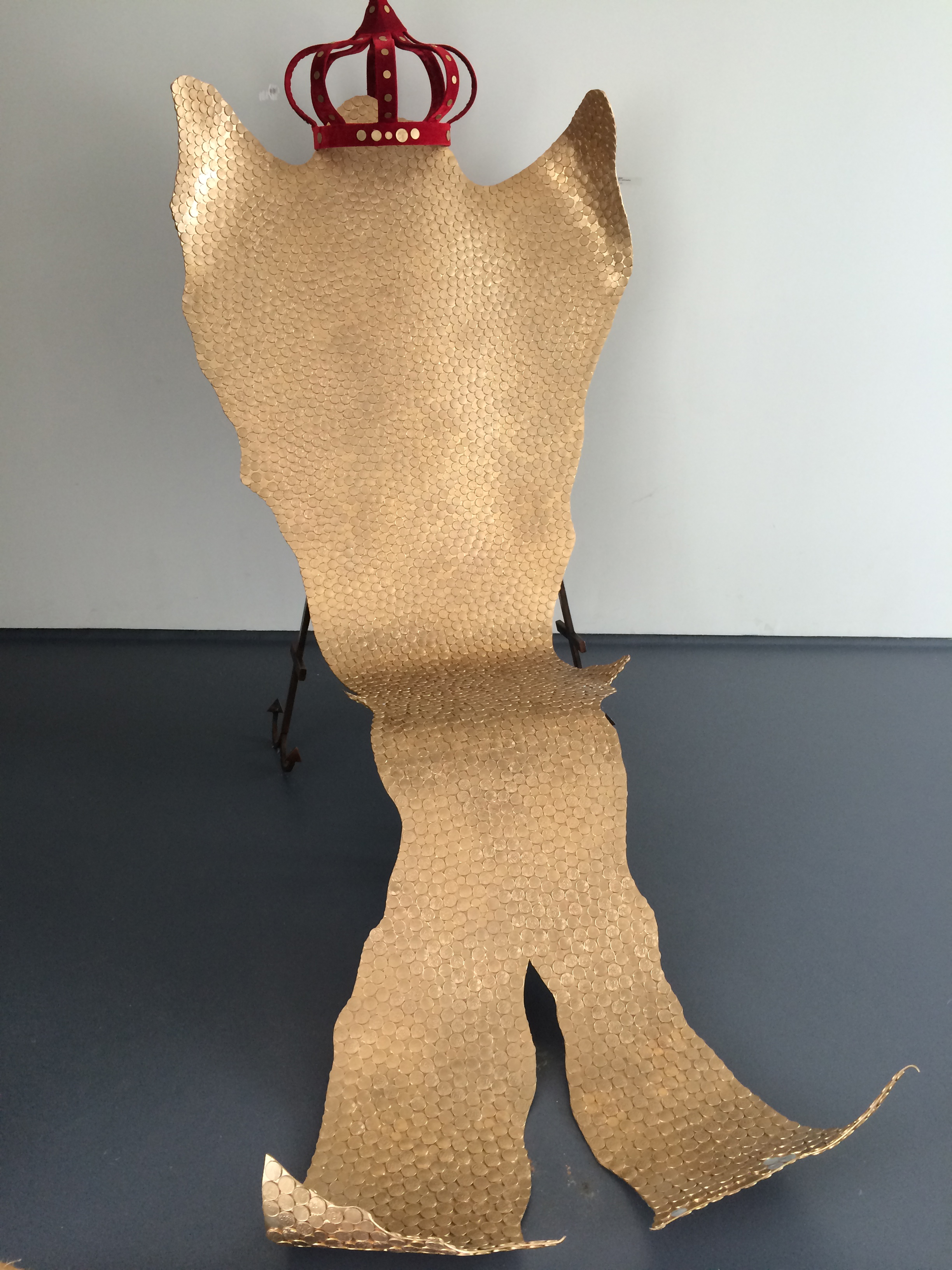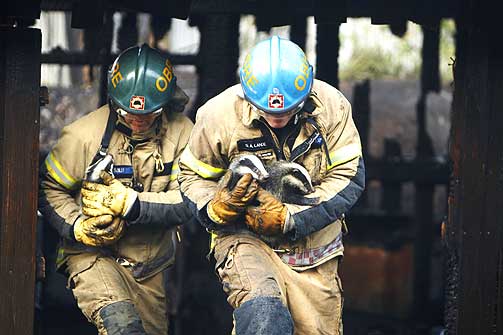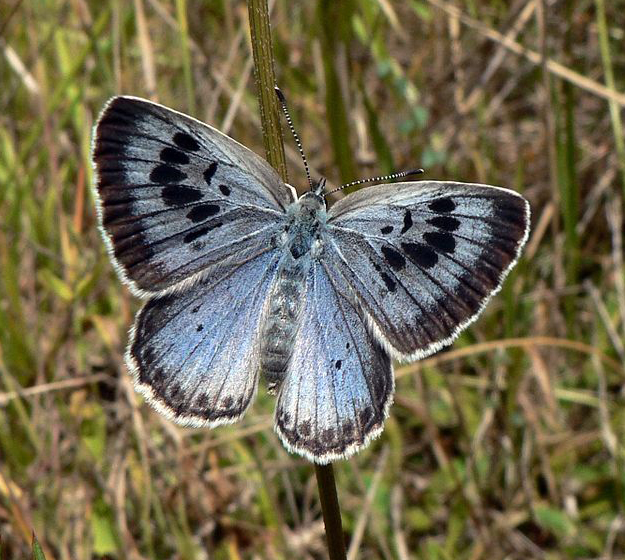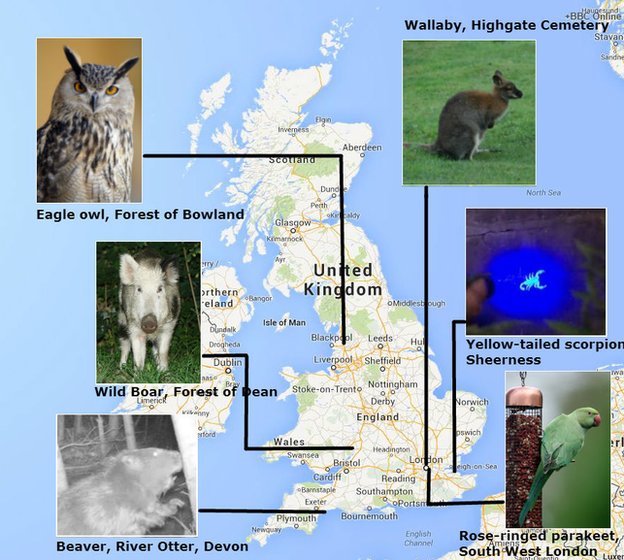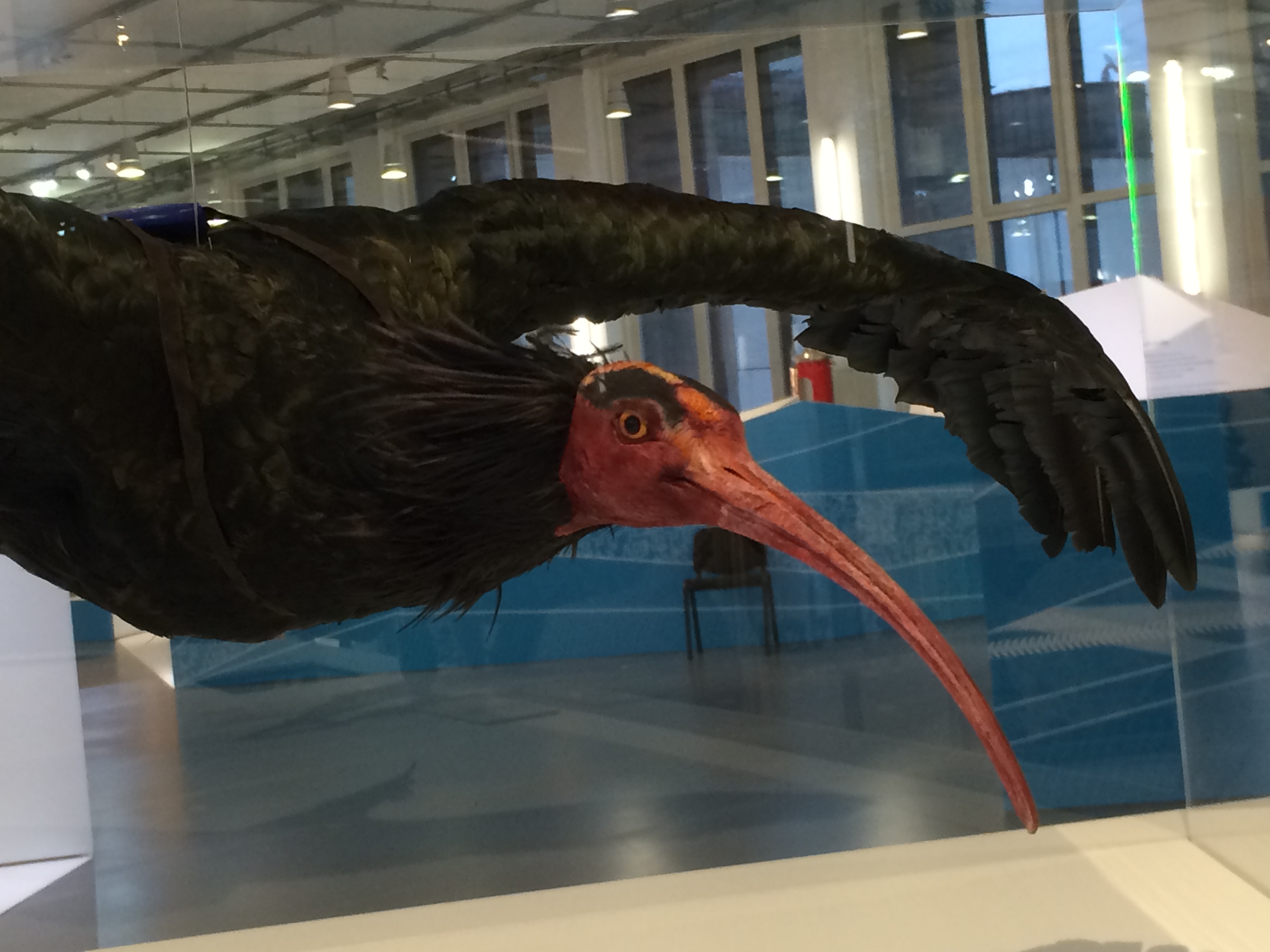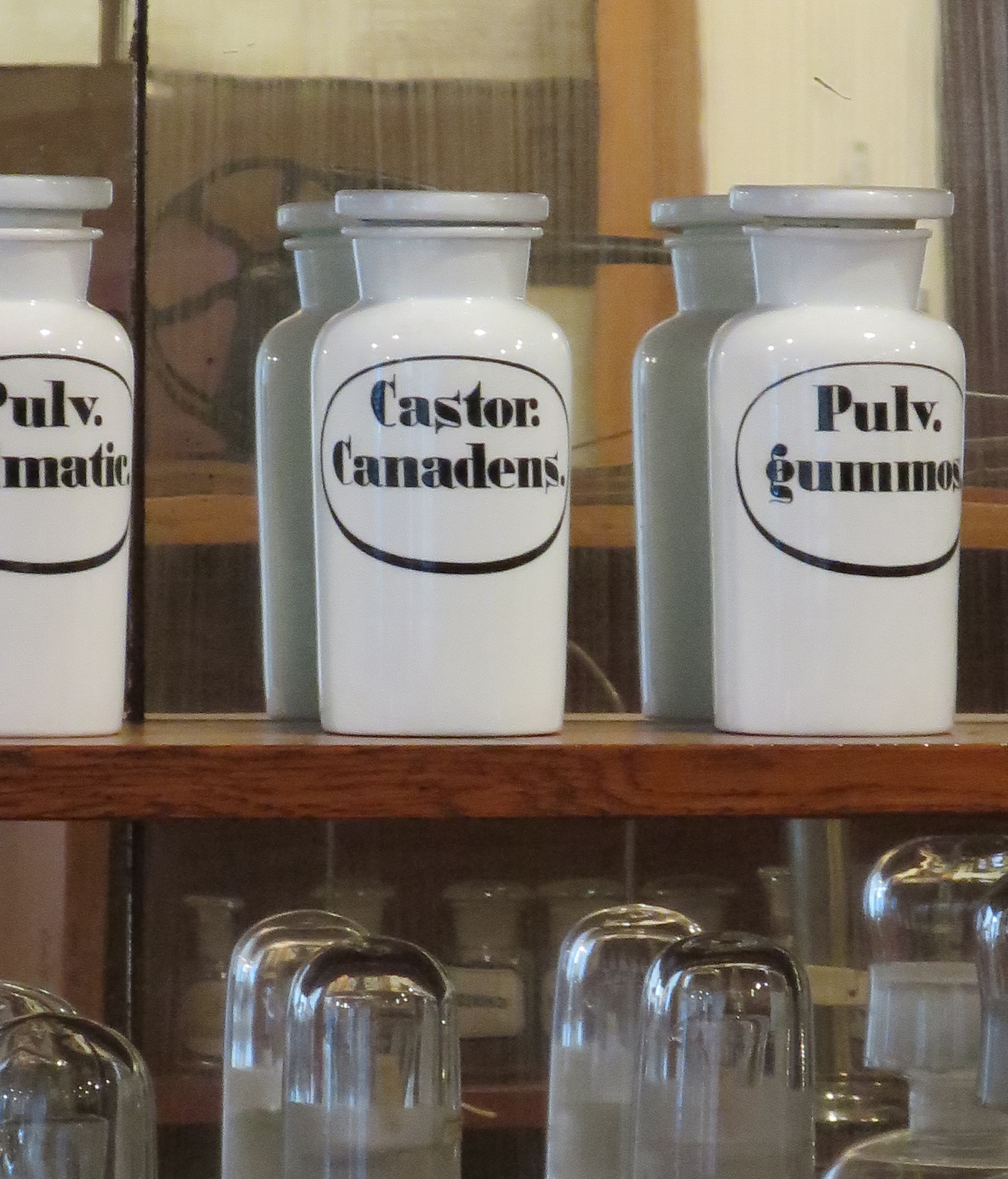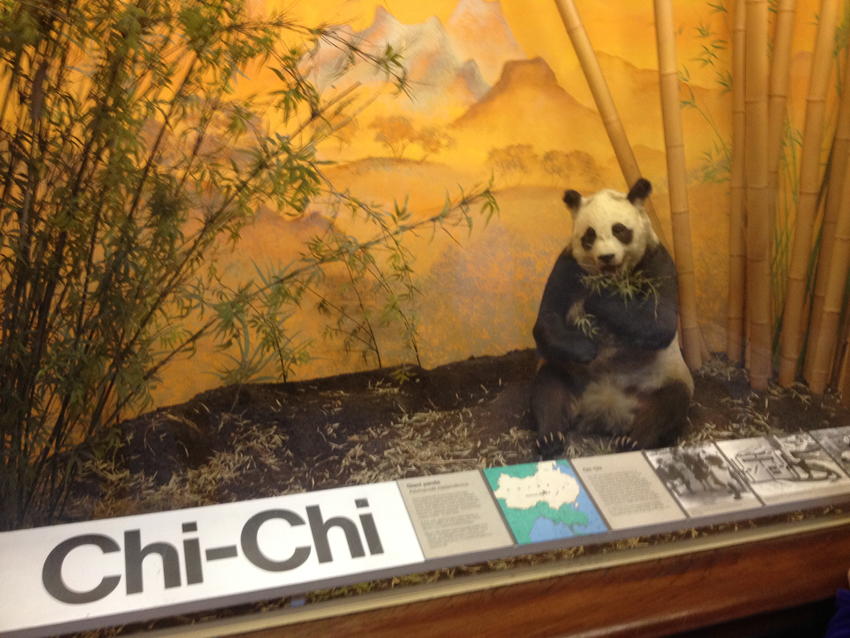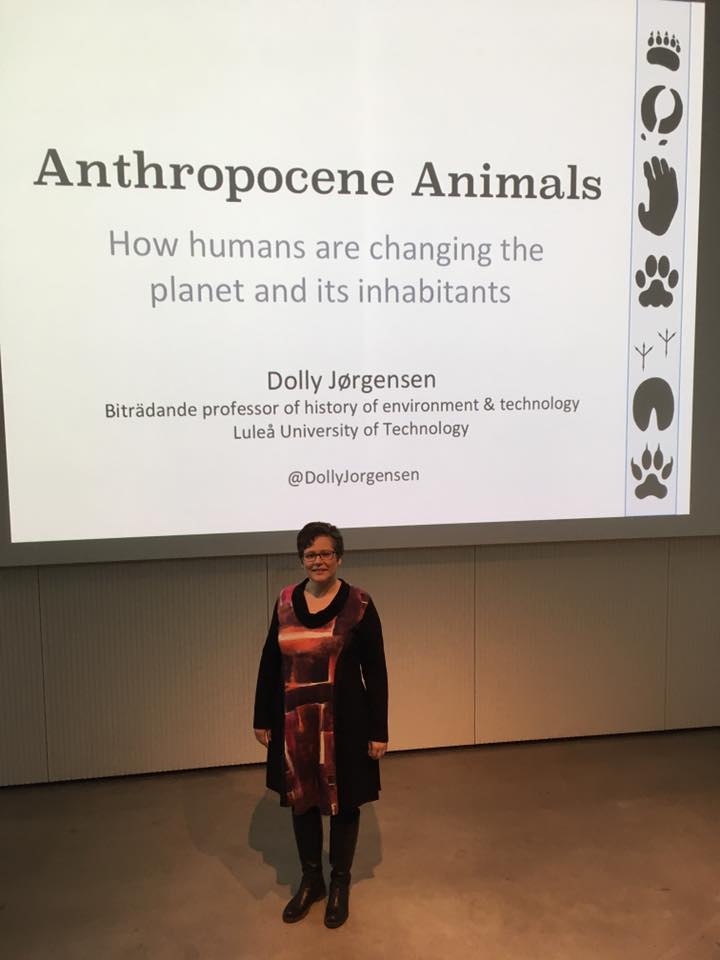museum
-
Thylacine Day 2015
Yesterday was Thylacine Day, or more officially National Threatened Species Day, in Australia. In 1996, Australia established the day to commemorate the 60th anniversary of the death of the thylacine which was in the Beaumaris Zoo in Hobart, Tasmania. In many official statements about National Threatened Species Day, this zoo animal is called the “last Tasmanian tiger” (for example by Queensland Department of Environment and Heritage Protection and New South Wales Office of Environment and Heritage). The National Museum of Australia presents the thylacine as becoming extinct as a species on 7 September 1936 with death of the Beaumaris zoo specimen, which has become known as ‘Benjamin’ although there are many questions about where this name…
-
Extinction and a matter of time
The Muséum nationale d’Historie naturelle in Paris has a room dedicated to extinct and endangered animals. Entering the room has the feel of entering a chapel for a funeral. It is dimly lit from above with cases of animals scarcely visible. Each taxidermied animal (even insects and plants are on display) is presented in a case with a black background. The labels appear on the sides on the glass to minimise distraction. The visitor is drawn to each specimen as if you were approaching the casket at a funeral. You cannot but feel the weight of extinction in the room. In this space, I was struck by the inclusion of…
-
A bird in hand or two in the bush
At the Horniman Museum near London, a case with two birds stands near a staircase in the back on the natural history exhibit. Unlike most of the other displays that show visitors either related species (like a display of apes) or convergent evolution (like things with wing-like structures), this one puts the history of the species at fore. This relatively new display tells an extinction and reintroduction story: The great bustard (Otis tarda) once lived in Salisbury Plain and in the breck district of East Anglia, but became extinct as a breeding bird in the UK in 1832, mainly due to habitat fragmentation. Attempts have been made to reintroduce the species…
-
Belonging and breed, horse and home
At the Kentucky Horse Park in Lexington, the Breeds Barn hosts horse shows in which different breeds are paraded out and presented for the visitors. I had a chance to see one such presentation when I visited Lexington for the Agricultural History Society 2015 meeting. I was struck by how the breeds are presented as belonging to specific countries based on the breed’s history and origin. The horses are each presented with a rider clothed to accentuate the horse’s homeland. Some of these were quite exaggerated with the English shire presented as a medieval knight’s war horse and the arabian in fancy embroidered silk. The horse park has, of course, not invented…
-
Commemorating war and our losses
Yesterday marked the 70th anniversary of Victory Day, which remembers the end of World War II in Europe with the surrender of the Nazi forces to the Allies. Of course in addition to celebrating the final success, festivities focus on honouring all those died in the conflict. There are memorial stones and graves to generals, battalions, unknown soldiers, and civilians. Animals who served in war are likewise honoured in permanent form at the Animals in War Memorial in London, the Australian Animals in War Memorial, and the US National War Dog Cemetery on Guam. Modern society has a penchant for commemorating its war dead. When I visited the Smithsonian in Washington DC…
-
Meeting Martha
I met Martha. Martha the last passenger pigeon. She sat on a branch with her body facing away from me, her head turning in my direction. I stared at her as she seemingly stared back with a glassy red eye. In a way she looked too life-like to sympathise with, to wonder what she had thought about as she spent her last fews years without her mate George. Now she was placed near a potential mate. A male bird, one Martha never knew, reached out with a seed in beak, possibly as an offering to Martha’s passing. But he too seemed too real, too alive. The bird laying down did not. In front…
-
Burning badger babies
On a Sunday afternoon, 18 May 2008, a rope factory in the urban center of Oslo caught fire. Over a hundred people living in the area were evacuated because of the smoke. During work to suppress the blaze in a garage building, fireman Odd Arne Lande noticed a badger kit, which he grabbed before running out of oxygen. After the flames in the main area had come under control, Lande and fellow fireman Espen Solli reentered the building, which was still smoldering on the roof, and broke through the floorboards to expose the a den where more kits were huddling. The two rescued the youngsters, who according to Lande showed…
-
2014 in review
My previous post marked the 150th post of this blog and the year is coming to a close, so I thought it would be a great time to review what I wrote about in 2014. Although this blog is based on my research about beaver and muskox reintroduction in Norway and Sweden, I range far and wide in applying my research insights. Ongoing news about the beavers in the British Isles was worth comment several times, including coverage of the beavers discovered in Devon and their potential cull because of fears of disease. For some, the beavers are a lost species who is wanted back in Britain. For others, including the media, it’s…
-
Welcome to the Anthropocene
On Wednesday, I had a tour of the new exhibit Willkommen im Anthropozän (Welcome to the Anthropocene) at the Deutsches Museum in Munich, Germany. While the validity of the Anthropocene as a geologic time frame has been been debated, few would debate that human impact on the planet is wide and deep. Humans, unlike most other animal species, have the ability to radically transform the environment through technological artefacts (a subject which you can read more about in my recent article “Not by human hands”). Acknowledging the role of technology in the reshaping of Earth, it was fitting that the first large Anthropocene exhibit be hosted in a museum of science and…
-
Animal histories at Chicago’s Field Museum
I had the pleasure yesterday of visiting the Field Museum in Chicago, USA. The museum, founded in 1893 as an outgrowth of the World’s Columbian Exhibition hosted in Chicago that year, is home to one of the world’s premiere natural history collections. As someone interested in museum storytelling about animals, I was looking forward to seeing how the Field Museum approached history in their displays. I was impressed that animal histories with conservation messages pervaded many of the exhibits. Take the case of this gray wolf (Canis lupis): The display not only puts the gray wolf’s decline into cultural context–“Our fears led to the wolf’s decline”–but it also tells the story…

